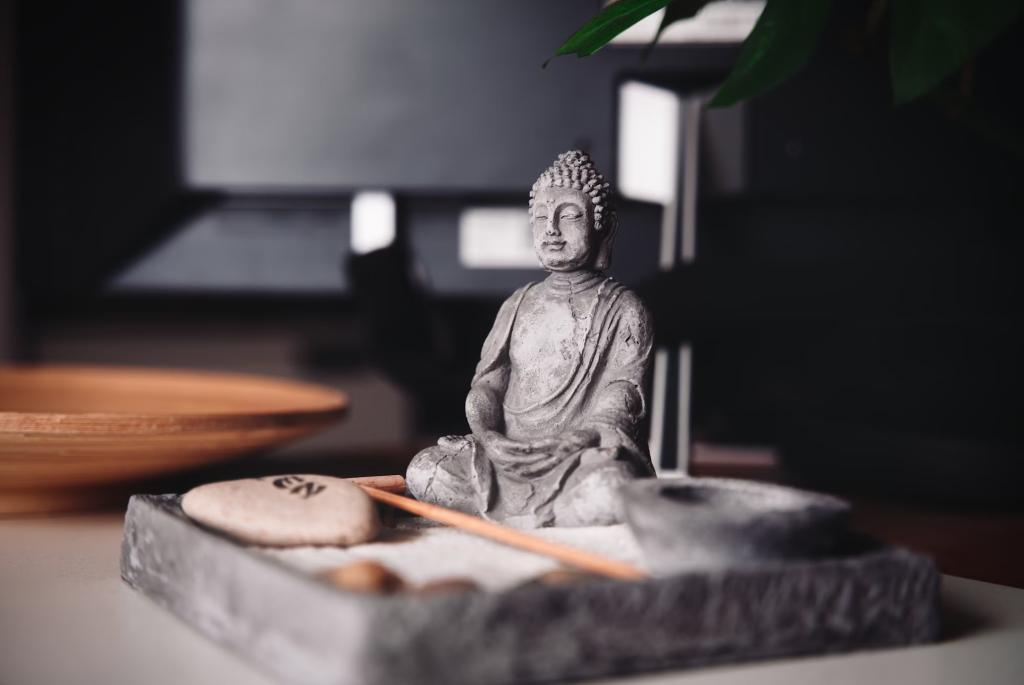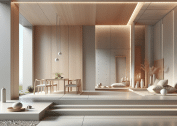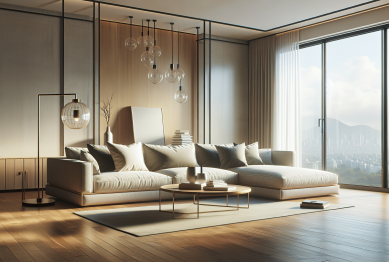In today’s busy world, having a peaceful, balanced home is more important than ever. Feng Shui—the ancient Chinese practice of arranging spaces to support the flow of positive energy—offers practical, timeless tools to help create a calm and harmonious home. Whether you’re new to Feng Shui or just want to refresh your space, the following tips will guide you in transforming your home into a sanctuary that supports well-being and peace.

What Is Feng Shui and Why Is It Important?
Feng Shui is rooted in the belief that your surroundings impact your physical and emotional well-being. At its core is the concept of chi, or energy flow. How you arrange items in your space can either support or block this energy. A smooth, balanced flow of chi is said to promote health, happiness, and prosperity. When chi becomes stagnant, it may lead to feelings of stress, discomfort, or imbalance.
As interest in wellness and mindful living grows, more people are turning to Feng Shui to design not just stylish homes, but meaningful spaces that nurture peace and clarity.
1. Feng Shui Tip: Clear the Clutter to Promote Peaceful Energy
Decluttering is one of the easiest and most effective Feng Shui practices. Clutter blocks energy and can make you feel overwhelmed or stuck. Why Decluttering Matters – Mayo Clinic
Tips to Get Started:
- Focus on one room at a time, starting with high-traffic areas like the kitchen or living room.
- Use storage solutions to keep items organized and surfaces clean.
- Keep countertops and entryways clear to allow chi to flow freely.
A tidy space supports a calm, focused mindset.
2. Add Natural Elements
Feng Shui is centered around five elements—wood, fire, earth, metal, and water—each representing different energies. When used together in the right balance, they help create a more harmonious environment.
How to Use Them:
- Wood: Add plants, wooden décor, or furniture for growth and vitality.
- Fire: Use candles, fireplaces, or red accents to inspire passion and creativity.
- Earth: Include ceramics, stone, or earth-toned colors to ground the space.
- Metal: Choose metal frames or white/gray tones to enhance clarity and structure.
- Water: Add mirrors, fountains, or blue accents to encourage renewal and flow.
Incorporating these elements thoughtfully can both uplift your home’s style and improve its energy.
3. Feng Shui Tips for a Harmonious and Restful Bedroom
The bedroom has a powerful influence on your overall well-being. It’s where you rest, recharge, and connect with yourself or your partner.
Feng Shui Bedroom Guidelines:
- Place the bed in a “command position”—diagonally across from the door but not directly in line with it.
- Avoid mirrors that reflect the bed, as they can disrupt sleep.
- Keep electronics and work-related items out of the bedroom to maintain a restful vibe.
A well-arranged bedroom supports deeper rest and a more balanced emotional state.
4. Use Lighting to Support Energy Flow
Lighting is a key element in Feng Shui. It affects both the energy of a room and your emotional state.
Lighting Tips:
- Let in as much natural light as possible. Clean your windows and use sheer curtains.
- Use layers of light—mix ceiling lights, lamps, and candles for warmth and flexibility.
- Avoid harsh, direct lighting in cozy areas like bedrooms or lounges.
The right lighting helps create a space that feels vibrant by day and calm by night.
5. Be Thoughtful with Furniture Placement
How you arrange furniture impacts how energy moves through your home. Poor placement can block flow, while thoughtful arrangements encourage harmony and ease.
Furniture Arrangement Tips:
- Leave space between furniture to allow for movement and clear energy pathways.
- In social areas like the living room, arrange seating to promote conversation.
- Avoid blocking doorways with large pieces of furniture.
A well-arranged room feels both welcoming and balanced.
6. Create a Welcoming Entryway
In Feng Shui, the entryway is known as the “mouth of chi”—the main point where energy enters your home. A clean, inviting entrance encourages positive energy to flow throughout.
Entryway Enhancements:
- Keep the area clean and free of clutter.
- Add welcoming touches like a healthy plant, artwork, or a clean doormat.
- Make sure your front door is in good condition and well-lit.
A vibrant entryway sets the tone for a positive, peaceful home.
7. Choose Colors That Match the Room’s Purpose
Colors in Feng Shui represent different energies and can influence mood and behavior. Selecting the right color for each room helps promote balance and supports the room’s function.
Color Suggestions:
- Blue and Green: Calming and refreshing—ideal for bedrooms or bathrooms.
- Red and Orange: Energizing—great for dining rooms or social areas.
- Yellow and Earth Tones: Warm and grounding—perfect for kitchens and living rooms.
- White and Gray: Clean and focused—good for offices or workspaces.
Use color intentionally to support the energy you want to cultivate in each room.
Final Thoughts
Feng Shui isn’t just about aesthetics—it’s about creating a home that supports your well-being. By clearing clutter, incorporating natural elements, and being intentional with lighting, furniture, and color, you can design a space that nurtures calm, clarity, and positive energy.
Whether you apply one tip or all seven, these small adjustments can make a big difference in how your home feels—and how you feel living in it.
References:









